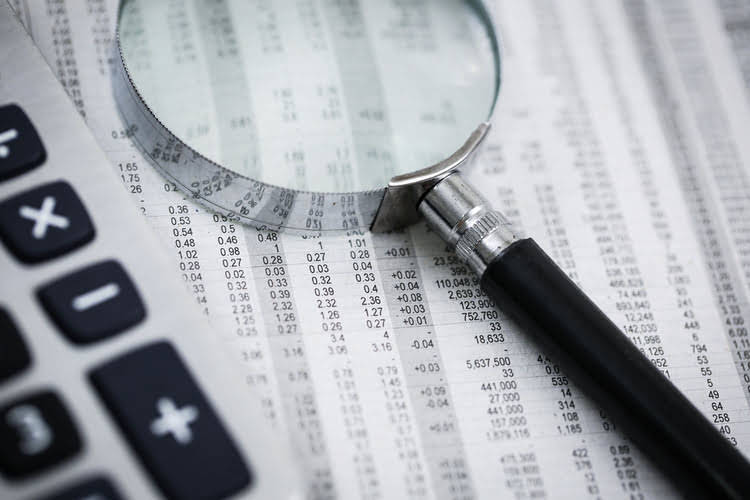
To calculate depreciation using DDB, start with the asset’s initial cost and subtract any salvage value to find the depreciable base. Determine the straight-line depreciation rate (100% divided by the asset’s useful life). To calculate depreciation using the DDB method, you first determine the straight-line depreciation rate by dividing 100% by the asset’s useful life in years. Each year, apply this double rate to the remaining book value (cost minus accumulated depreciation) of the asset. This method is faster than both the sum-of-the-years’ digits and straight-line methods.
Close with Confidence: Checklist to Track Depreciation & Journal Entry Accuracy
- In summary, the Double Declining Balance method is ideal for assets that lose value quickly and for businesses looking to manage their tax liabilities effectively.
- This is usually when the net book value of the fixed asset is below the minimum value that asset is required to be capitalized (which should be stated in the fixed asset management policy of the company).
- The double declining balance method differs from other common depreciation techniques, such as straight-line and units of production methods.
- Based on its calculations, the company calculates the assets to have a salvage value of $0.
- Where DBD is the declining-balance depreciation expense for the period, A is the accelerator, C is the cost and AD is the accumulated depreciation.
- However, the management teams of public companies tend to be short-term oriented due to the requirement to report quarterly earnings (10-Q) and uphold their company’s share price.
- Under GAAP, depreciation must be systematically allocated over an asset’s useful life to match expenses with revenues.
Tangible assets, like machinery or equipment, contribute toward incomes over many accounting periods. Then an organization distributes the resource’s expense over its valuable life through depreciation. This results in a depreciation expense on the income statement in each accounting period equivalent to a part of the asset’s total cost instead of generating expenditure all at one go. Declining balance depreciation is the type of accelerated method of depreciation of fixed assets that results in a bigger amount of depreciation expense in the early year of fixed asset usage. In this case, the company can calculate decline balance depreciation after it determines the yearly depreciation rate and the net book value of the fixed asset. One of the reasons DDB is considered an accelerated depreciation method is its focus on aligning expenses with the asset’s performance and value.

Definition of Double Declining Balance Method of Depreciation
It’s called double declining because it uses a rate that is double the standard straight-line method. This method is often used for things like machinery or vehicles that lose value quickly at first. For example, if the fixed asset management policy sets that only long-term asset that has value more than or equal to $500 should be recorded as a fixed asset. Those that have value less than $500 should be recorded as expenses immediately. In this case, when the net book value is less than $500, the company usually charges all remaining net book balance into depreciation expense directly when it uses the declining balance depreciation. The depreciation rate can vary based on the different types of fixed assets.

Calculating the Depreciation Formula for DDB
- Every year you write off part of a depreciable asset using double declining balance, you subtract the amount you wrote off from the asset’s book value on your balance sheet.
- To manage partial-year depreciation, companies often employ the half-year convention.
- Adjusting for partial-year depreciation ensures an accurate reflection of an asset’s value when it is acquired or disposed of at any point other than the start or end of a fiscal year.
- As you can see, the depreciation rate is multiplied by the asset book value every year to compute the deprecation expense.
- With declining balance methods of depreciation, when the asset has a salvage value, the ending Net Book Value should be the salvage value.
- The beginning of period (BoP) book value of the PP&E for Year 1 is linked to our purchase cost cell, i.e.
Calculate the depreciation for the first year of its life using double declining balance method. This gives you fixed assets the annual depreciation rate if you were using the straight-line method. With DDB, you depreciate the asset at double the annual rate you would with the straight-line method. Instead of spreading the cost evenly over its life, you front-load the expenses. This reflects that some assets are most useful, and therefore lose value more rapidly, in their initial years.
This is the fixture’s cost of $100,000 minus its accumulated depreciation of $36,000 ($20,000 + $16,000). The book value of $64,000 multiplied by 20% is $12,800 of depreciation expense for Year 3. From year 1 to 3, ABC Limited has recognized accumulated depreciation of $9800.Since the Machinery has a residual value of $2500, depreciation expense is limited to $10000 ($12500-$2500). As such, the depreciation in year four will be $200 ($10000-$9800) rather than $1080, as computed above.

Step 1: Calculate the straight-line depreciation rate
If impairment is identified, the book value is adjusted to reflect the recoverable amount. IRS Publication 946 goes into great detail as to the various ways to handle this situation. There is also Section 179 expense deduction for writing off an asset in the first year which may, or may not, apply. Depreciation for an asset with a five-year expected life would span over six tax years, with a portion of a year’s deduction in year one and six.
Accounting Certifications
The straight-line Medical Billing Process depreciation percentage is, therefore, 20%—one-fifth of the difference between the purchase price and the salvage value of the vehicle each year. As part of a comprehensive asset management strategy, the efficacy of DDB warrants deliberate evaluation. This pattern continues until the book value approaches the salvage value, ensuring depreciation never exceeds the asset’s worth. For instance, if an asset has a life of five years, the sum of the years’ digits would be 15 (5+4+3+2+1). In the first year, you use 5/15 of the depreciable base, then 4/15 in the second year, and so on.
Calculating Depreciation Expense Using DDB

There are several methods what is the double declining balance method of calculating depreciation, including the double-declining balance method. Fixed assets include resources that companies use to generate economic benefits in the long run. For example, a company’s fixed assets may contain land, building, vehicles, computers, etc. The two most common accelerated depreciation methods are double-declining balance and the sum of the years’ digits.
